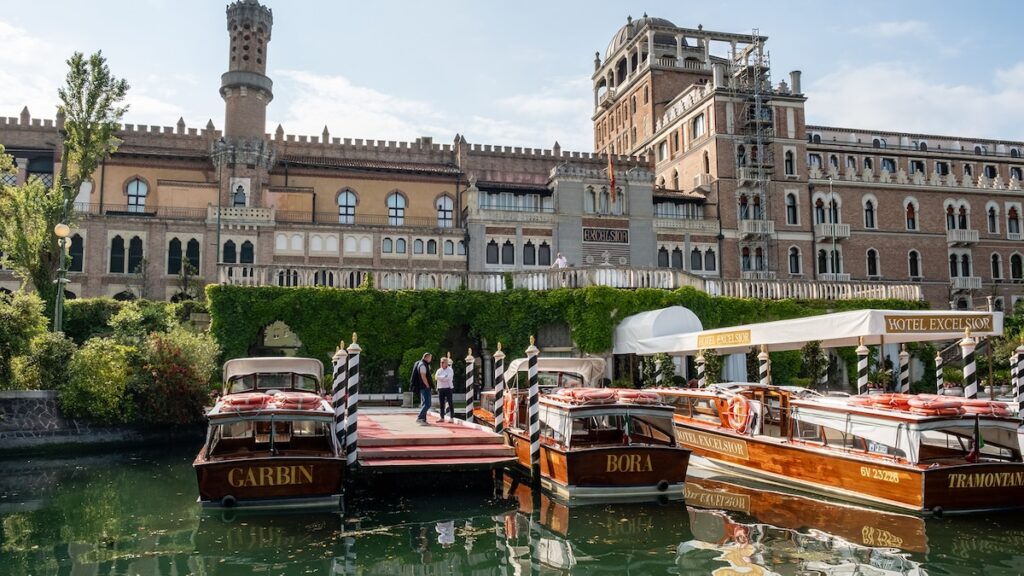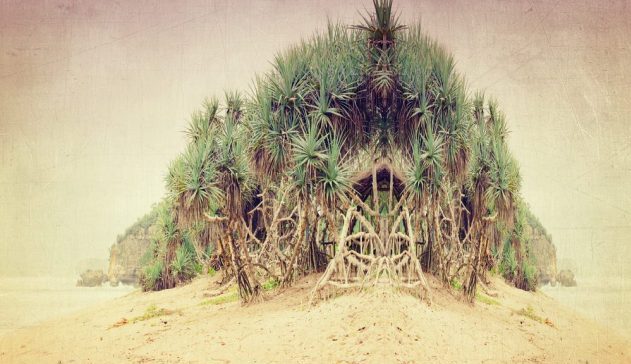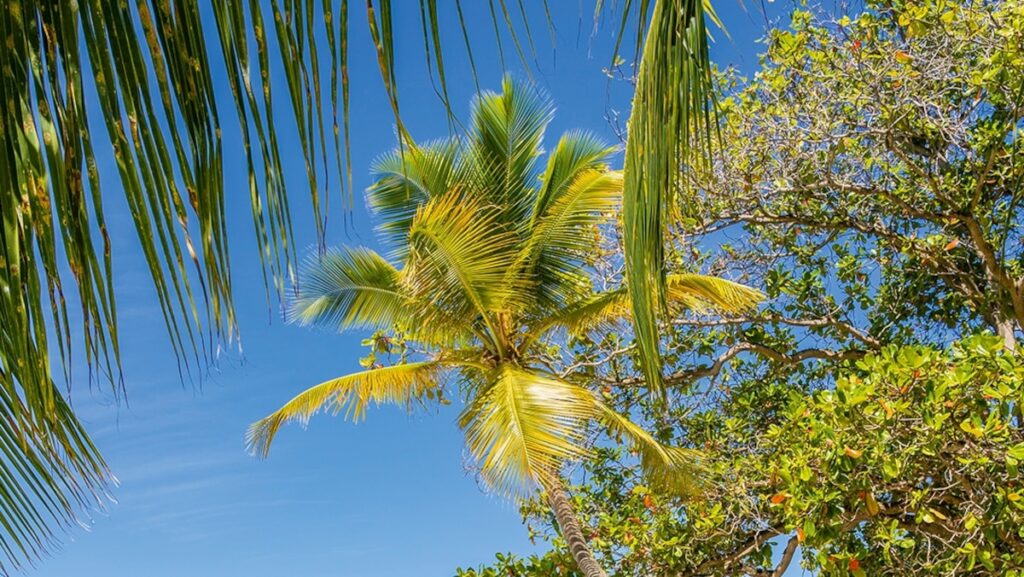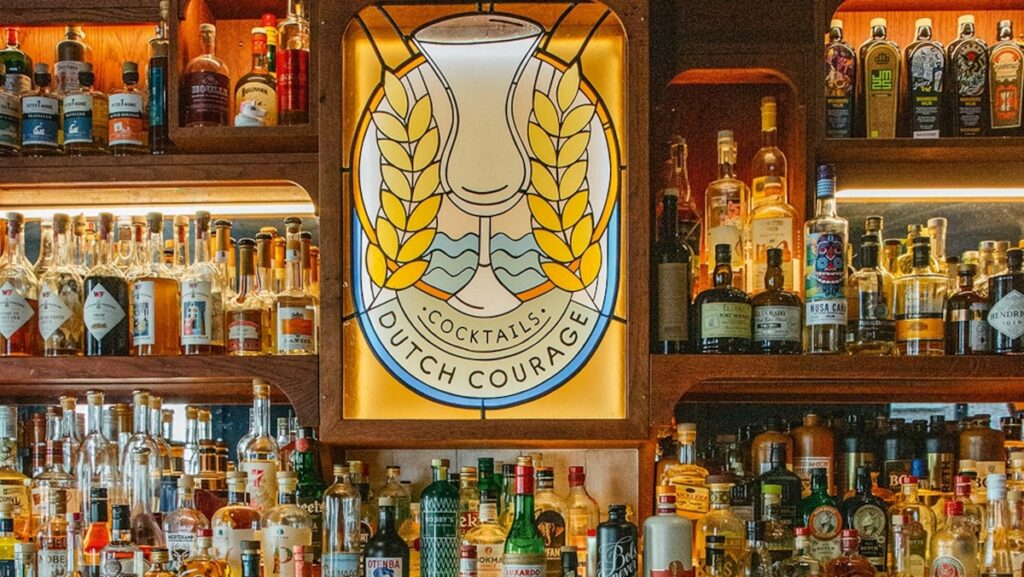
Want to see a different side to Venice? Sail its lagoon
This article was produced by National Geographic Traveller (UK).
A single ray of sun pierces the cloud cover and lands on St Mark’s Square, so precise as to seem intentional. It illuminates the lean, skyward stretch of its namesake belltower and the Doge’s Palace, compact, indomitable and… but that’s all beside the point. Our boat speeds past one of the most famous sites in one of the country’s most famous destinations, continuing its northward course, deeper into the bay. “We should be telling visitors Venice isn’t just about its icons,” says Matteo Vianello, standing at the driver’s seat, one hand on the helm. “It’s about a system.”
He’s a skipper and CEO of Classic Boats Venice, which offers private, customisable tours of the Venetian Lagoon in Italy’s north east, a UNESCO World Heritage Site home to Venice itself and 40 or more surrounding islands. We’ve just boarded Sweet Molly, an elegant, 1930s mahogany runabout, from the Lido — the barrier island that encloses the lagoon, known for its seafront beaches, grand-dame stays and the annual Venice International Film Festival. The plan is to spend the day exploring by water, the element that’s defined the area since its inception.

Classic Boats Venice offers intimate tours on vintage motorboats such as the Sweet Molly.
Photograph by Francesco Lastrucci
The modern city of Venice began life in the eighth century as a maritime republic, nicknamed La Serenissima (The Most Serene) for its stability and might. On Ascension Sunday in May or June, locals still celebrate the Festa della Sensa, a millennium-old tradition in which a ring is thrown into the sea, renewing a symbolic marriage. The outlying islands are a good place to explore this link, each with a personality defined by its relationship with the lagoon.
Some, like Torcello, home to a basilica with Byzantine mosaics, are accessible by ferry; others, like San Francesco del Deserto, inhabited by monks, only by private boat. But aside from the more famous Murano and Burano, most are out of sight in every sense of the word, a distance that’s kept them somewhat secret, and helped preserve their authenticity. You may well find yourself only among locals — a rare experience in one of the world’s most visited cities.
Charting our course within the briccole — wooden piles that delineate navigation lanes through the lagoon — we pass fishermen whose catch will later be served in the busy restaurants of the centre, and amateur athletes practising voga alla veneta, the standing rowing style made famous by gondoliers. The sheer number of boats near Venice makes the water by the city feel choppy, but out here it’s smooth sailing. The breeze pleasant, the currents gentle — it feels almost as if the lagoon helps visitors forward. And sometimes, it gets a little help back.

Torcello and its fringing barene marshland can be viewed from the 11th-century belltower of the island’s famous basilica.
Photograph by Francesco Lastrucci
“The whole place is managed by volunteers,” says René Seindal, a Danish historian, 10-year Venice resident and guide behind History Walks in Venice, as we moor on Lazzaretto Nuovo. The island served as a quarantine station for inbound ships during a 16th-century plague outbreak, and then as a military base, but it fell into disuse in 1975. After rediscovering it while rowing, residents of the lagoon founded Ekos Club, a non-profit aimed at reviving it. “I personally arrived on a kayak,” says René.
They now run a museum inside the structure’s biggest building, with panels telling the story of the site. The walls are lined with paintings of polearm-bearing guards left by workers of old. Glass cases exhibit archaeological finds recovered from the lagoon, from ceramics to terracotta pipes. There are ongoing excavations, too; on our visit, a researcher is working in a courtyard, piecing together the skeleton of a child buried here centuries ago. The regeneration has proved so successful, it’s given rise to the restoration of Lazzaretto Vecchio, the old plague hospital on another once-deserted island, as a twin museum.
But for many visitors to the island, the biggest draw are the barene, marshes typical of the lagoon, visible from a nature trail. They’re essential to local biodiversity, serving as a feeding, nesting and resting site for over 300,000 migratory birds. “This is one of the best spots to admire them,” says René as we draw closer: banks of saltmarsh grasses bending to the wind, pockets of glassworts and rushes, mud channels filled and emptied by the tides. “Normally, they’re a distant, nondescript mass. Up close, you see the reality.”

Sant’Erasmo has long been known as ‘Venice’s vegetable garden’.
Photograph by Francesco Lastrucci
The landscape is entirely different on neighbouring Sant’Erasmo, the island we hop to next, known since the Middle Ages as ‘Venice’s vegetable garden’. Some 600 people live here, working fields made fertile by its location, which gathers clay from river estuaries, and sand and salt from the sea. Its varieties of vegetables are hyper-local: santerasmine aubergines, meraviglia or ‘wonder’ beans and carciofi violetti di Sant’Erasmo — purple artichokes.
“What defines them is their sweetness,” says Fiorella Enzo as she walks me through the artichoke fields of I Sapori di Sant’Erasmo (Sant’Erasmo’s Flavours), a farm owned by her husband Carlo Finotello and his brother Claudio. The carciofi violetti di Sant’ Erasmo can only be grown in designated areas, and flower briefly between April and June. They’re so prized, the family co-founded a consortium of producers to differentiate them from ‘fakes’ on the market.

The island’s prized purple artichokes are served at I Sapori di Sant’Erasmo.
Photograph by Francesco Lastrucci
Even rarer are their castraure, the first buds cut from each plant at the start of the season. Fiorella shows me how it’s done — by hand, with a curved knife — a method passed down the generations. As a practice, it allows the plants to produce more flowers; as a vegetable, it’s tender enough to be eaten raw.
“When something’s good, you have to savour it in its naturalezza,” says Mirella, Carlo’s mother, using a word that best translates as ‘simplicity’. She’s taking a break from cutting onions at the farm’s packing station, where crates of vegetables will be dispatched for orders. The family brings out more delicacies: artichokes stewed, sauteed, even melted into a jam. “I got the recipe from the monks on [the island of] San Lazzaro degli Armeni,” says Fiorella, “but I’d rather keep it a secret for now.”
Published in the September 2025 issue of National Geographic Traveller (UK).
To subscribe to National Geographic Traveller (UK) magazine click here. (Available in select countries only).







Responses